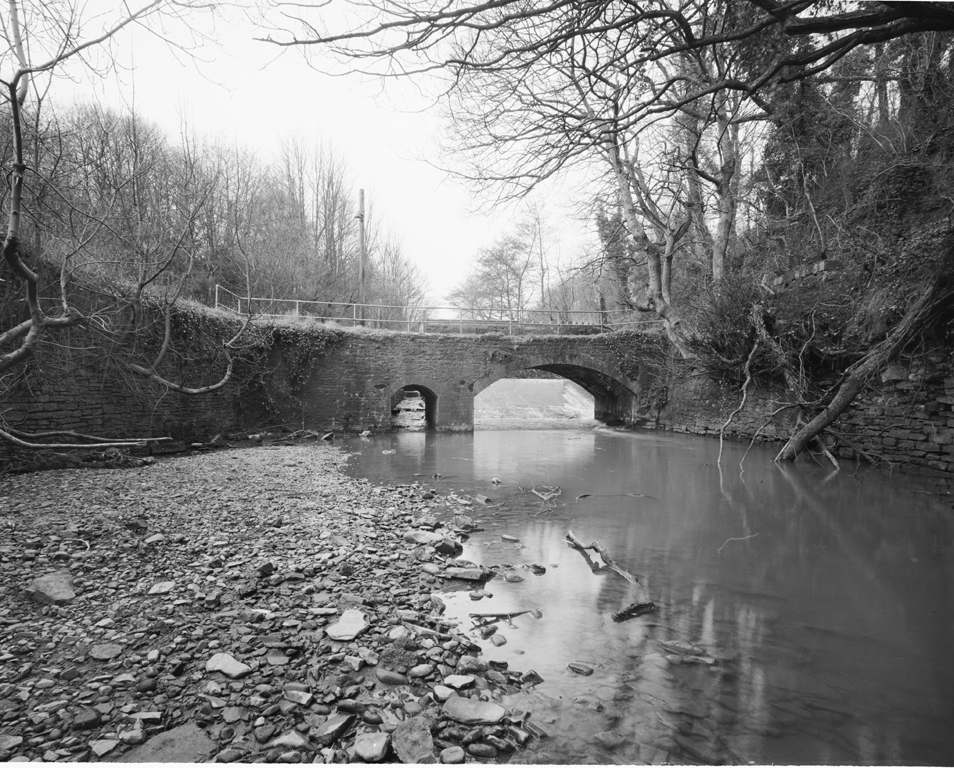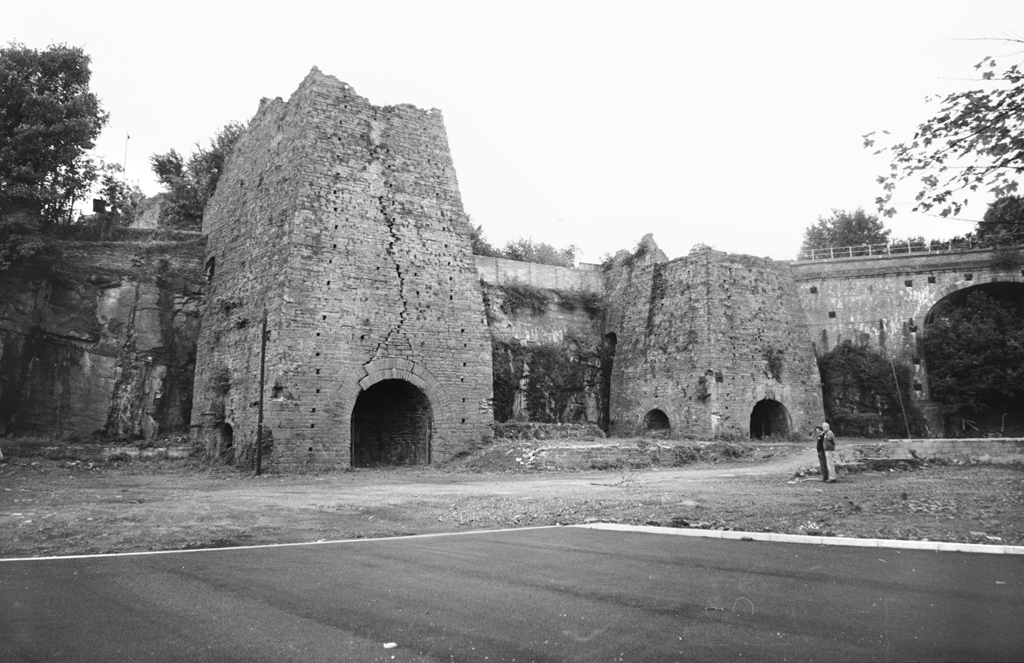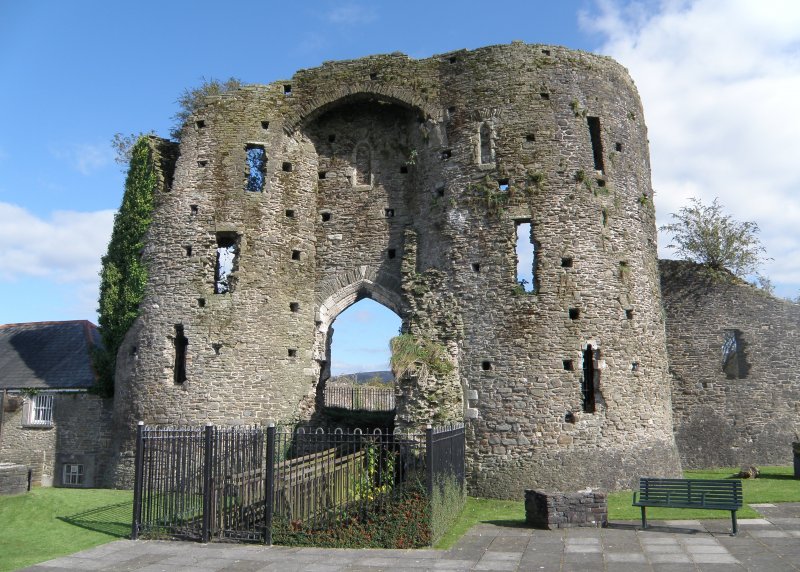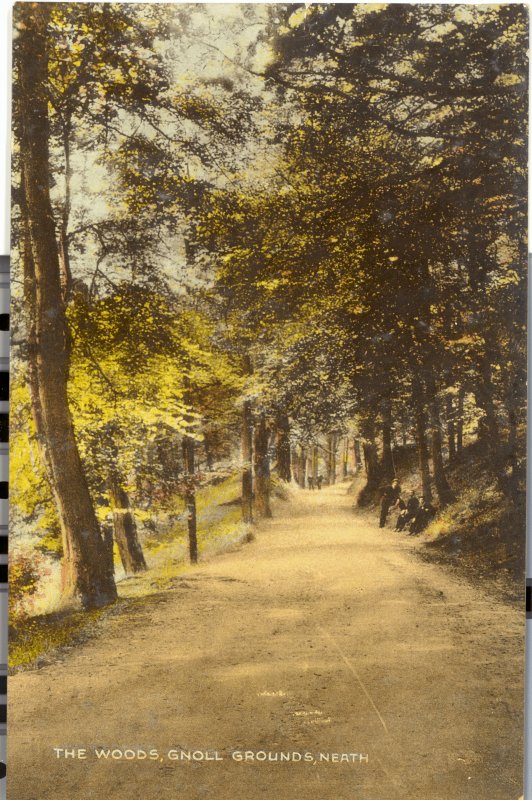Neath - Overview
The town takes its name from its strategic situation on the lowest crossing point of the River Neath (Nedd). Owing to the shallowness of the river, the Romans established a fort here, Nidum, c.75 AD which remained in use until the departure of the Roman forces in the fourth century.
Two castles were founded in the area in the twelfth century, one by Richard de Glanville who in 1130 also established Neath Abbey. The town and market of Neath quickly developed around the castle and abbey, but was repeatedly sacked by the Welsh Lords of Afan. By the fourteenth century a walled town was well established, however, and trade flourished.
Neath began to develop heavy industries relatively early, and in the sixteenth century coal mining and copper smelting were undertaken here. The town was heavily industrialised in the eighteenth century with the growth of iron, steel and tinplate works, and by 1795 the Neath Canal had been completed, followed by the Swansea to Aberdulais canal in 1824. With the arrival of two railways in 1850 and 1851, the town had excellent links with industrial production sites further inland making it a major industrial hub.
During the Romantic period, travellers who came to Neath looked with equal amounts of horror and fascination at the spectacle presented to them by a view across the valley. Sublime nature and abbey ruins situated at one end of the valley contrasted with the billowing smoke and flames shooting into the sky at the other end. For a Romantic traveller and thrill-seeker, Neath at night was like stepping into a painting of the underworld.
Accounts of Travel
Nordland-Fahrten. Zweite Abteilung, c. 1870s
Franz Brömel (1829 – 1904)
Auf dem Wege nach Swansea führt die Straße durch das Thal von Neath, reich an Farbe und Abwechslung, und von weitem Umfang, eingerahmt von rostfarbenen Steinhügeln, die in der Ferne in hohe blaue Berge auslaufen. Das Thal beginnt als Paradies und endet als Hölle. Dichte Haine wechseln mit blühendem Gebüsch, dann wieder erheben Gießereien und andere Faktoreien „die Meilenzeiger der Industrie“, ihre hohen Schlote. Dem Gesange von Vögeln hier folgt das Rasseln von Ketten dort, oder das Dröhnen der Hämmer und Stöhnen der Maschinen und mit den Nebeln des Himmels mischen sich die Rauchfahnen der Hochöfen. Rauchgebräunt steht bei dem Dorfe Llan eine hohlängige Ruine – und trübe blicken viele stehende Pfuhle durch Zottelgras. Die Luft ist qualmig und Touristen schelten die Gegend ein Pandämonium. Bei Nacht, wenn zum schwarzen Gewölk fern und nah hundert blutrothe Schlotflammen emporzündeln und das Firmament gleichsam grimmig und lauernd durch den fliegenden Qualm, der wild verzerrte Gestalten annimt, herniederdräut, ist der Eindruck packend und dramatisch, an düstere Bivouak-Gemälde „nach der Schlacht“ erinnernd, Grauen und Flammen und Leichen ringsum! Es wird noch durch Millionen fliegender Funken erhöht, welche die Höllen-Irrwische vor dem Winde ziehen – als wolle der Aschenregen eines Vulkans ein anderes Pompei begraben. Wenn nun, „sobald seine Zeit gekommen“ der Vollmond – wie ein großes feuchtes Auge – mit ziehenden Wolken kämpft, zuckt es oft wie mit elektrischem, wankendem Licht über Berg und Thal, dazu noch dann und wann ein fernes Donnerwetter mit blendendem Zickzack als Hintergrund – dann her mit der Palette! Auch im Pandämonium eines solchen Fabrikthals kann Kunst und Poesie zu thun bekommen. Wer das malen könnte!
On the way to Swansea, the road leads through the broad Vale of Neath, which is rich in colours and diversions and framed with rust-coloured rock hills that merge into the tall blue mountains in the distance. The valley begins as a paradise but ends as hell. Lush groves mingle with flowering thickets; then once more, foundries and other factories raise their ‘industrial milestones’, their smokestacks. The birdsong here is replaced there by the rattle of chains or drumming hammers and groaning machines while trails of smoke rise from the furnaces and merge with the fog in the sky. A smoke-browned oblong ruin stands near the village Llan, and stagnant puddles peep gloomily through the shaggy grass. The air is smoky and tourists dismiss the area as pandemonium. At night, near and far blood-red flames burst from their chimneys and rise into the black clouds; equally grim and threatening, the firmament glowers between wildly distorted shapes of dense smoke. The impression is haunting and dramatic, and reminiscent of the cheerless paintings of army camps ‘after the battle’, horror and flames and corpses all around! This image is heightened by millions of flying sparks that rush on the winds like demonic will-o’-the-wisps – it is as if a rain of volcano ash wanted to bury another Pompeii. Take hold of your painter’s palette when at once, ‘as soon as her time has come’, the large wet eye of the full moon battles against drifting clouds and a quiver almost like electric light flickers over hill and dale while, every now and then, the blinding zig-zag lines of a distant thunderstorm form the background! Even among the pandemonium of such an industrial valley, art and poetry may be at work. Oh, who could paint such a scene!




